Hybrid knotweed (Bohemian knotweed) identification and control
Fallopia x bohemica Buckwheat family
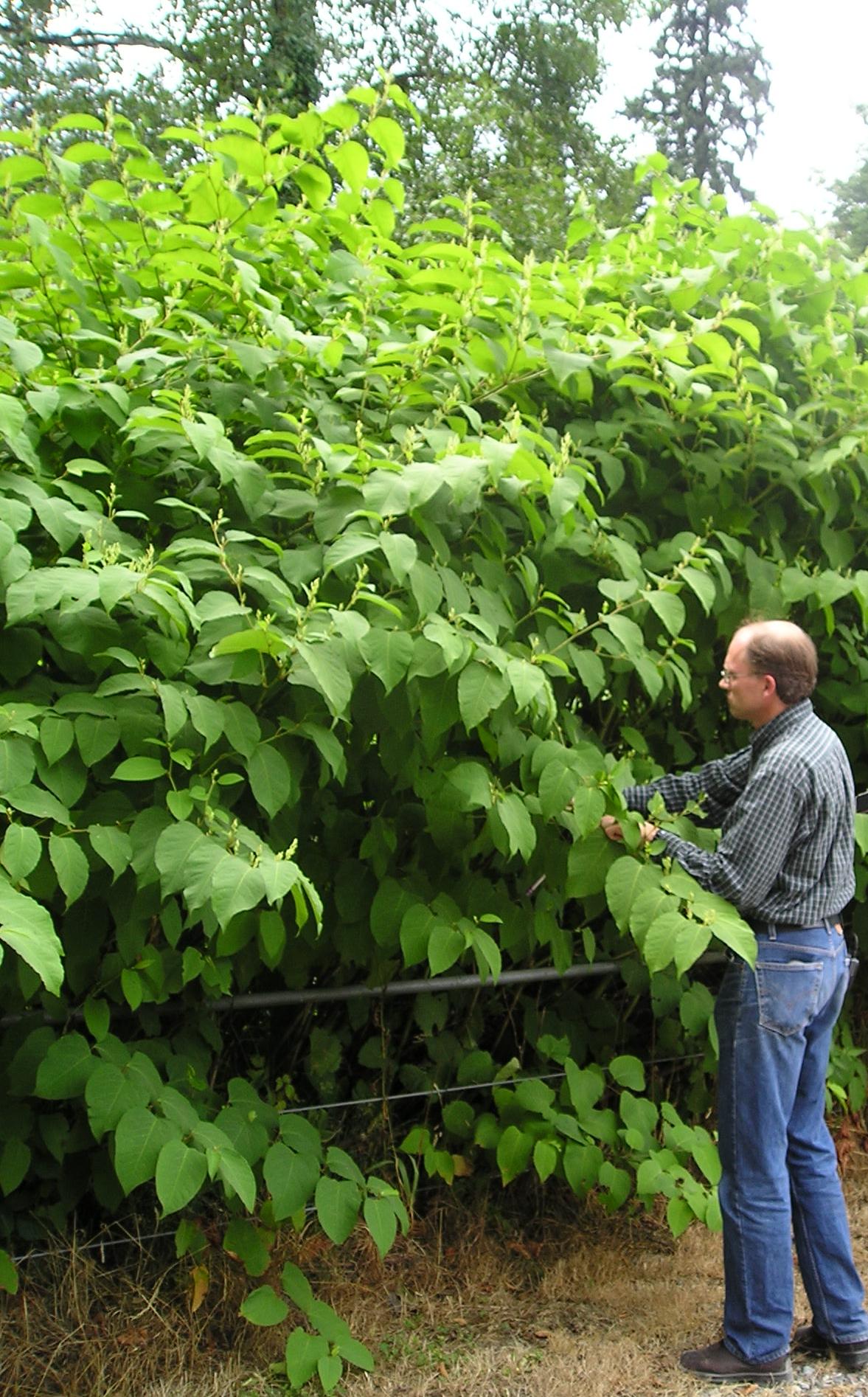
Currently, most hybrid knotweed plants are males and lack seeds. However, more recently, seed-bearing hybrids have appeared, probably indicating a back-cross with giant or itadori knotweed. The existence of seeding hybrids may mean that this plant will begin to spread even more rapidly in the future.
Legal status in King County, Washington
Public and private landowners are not generally required to control infestations of hybrid knotweed that occur on their property in King County, Washington, except in selected areas on the Green River and its tributaries and on the Cedar River and its tributaries, as described on the King County Weed List. Hybrid knotweed is a Class B Noxious Weed in Washington, first listed in 2004. It has not been designated for required control in the county by the Washington State Noxious Weed Control Board, but it has been selected for required control in limited parts of the county by the King County Noxious Weed Control Board. Because control is not generally required in the county, it is on the list of Non-Regulated Noxious Weeds for King County. For more information, see Noxious weed lists and laws or visit the website of the Washington State Noxious Weed Control Board.
This species is on the Washington quarantine list (known as the prohibited plants list) and it is prohibited to transport, buy, sell, offer for sale, or to distribute plants or plant parts, seeds in packets, blends or "wildflower mixes" of this species, into or within the state of Washington. For more information, see Noxious weed lists and laws.
Identification
Plants are usually 6.5 to 10 feet tall, shorter in dry areas. Stems are stout, cane-like, hollow between the nodes, somewhat reddish-brown and usually branched. The plants die back above ground at the end of the growing season. However, the dead reddish brown canes often persist throughout the winter. The stem nodes are swollen and surrounded by thin papery sheaths. Leaves can be either spade or heart-shaped, usually more heart-shaped lower down on the stems and more spade-shaped near the branch ends. This variability in leaf shape is one identifying character since the parent species generally have either heart-shaped or spade-shaped leaves. The leaves are also intermediate in texture between the parent species - thicker and rougher than giant knotweed but less so than Japanese knotweed. On flowering stems, leaf tips are characteristically long and gradually tapered.
One key identifying feature is the hairs on the leaf undersides, especially along the mid-vein. Hybrid knotweed has hairs that are short and broad-based (triangular-shaped), compared with long and wavy in giant knotweed and reduced to barely noticeable bumps in itadori knotweed. These hairs are easiest to see with a hand lens during the spring and summer, often falling off later in the season.
The flowers are small, creamy white to greenish white, and grow in showy plume-like, branched clusters from leaf axils near the ends of the stems. Flower clusters are generally about the same length as the subtending leaf, unlike the shorter flower clusters found on giant knotweed and the longer clusters found on itadori knotweed. Leaf and flower characters are most reliable when looking near the middle of a branch. The fruit is 3-sided, black and shiny.
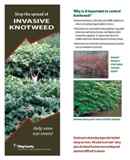
Additional information on Bohemian knotweed
- Washington State Noxious Weed Control Board (external link)
- Invasive Knotweed Brochure (2 Mb)
- Himalayan Knotweed Fact Sheet (156 Kb)
- Knotweed Best Management Practices (649 Kb)
- Knotweed Weed Alert (215 Kb)
- Knotweed Biology and Control Slide Show (7.09 Mb)
- See our invasive knotweed page for more information on this group of highly invasive, difficult to control species.
Other Links
- Invasive knotweed control videos
- Knotweed Control Classes - Take one of our classes to learn how to control knotweed and become eligible to borrow stem injectors
Information on hybrid knotweed identification and distribution is based in large part on the findings reported PF Zika and A Jacobson's article "An Overlooked Hybrid Japanese Knotweed (Polygonum cuspidatum X sachalinense: Polygonaceae) in North America", published in Rhodora, Vol 105, No 922, pp. 143-152, 2003.
Hybrid knotweed photos
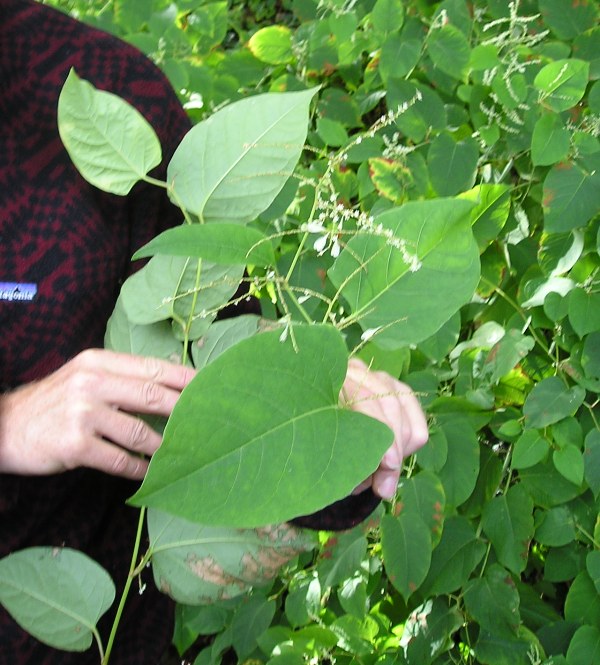
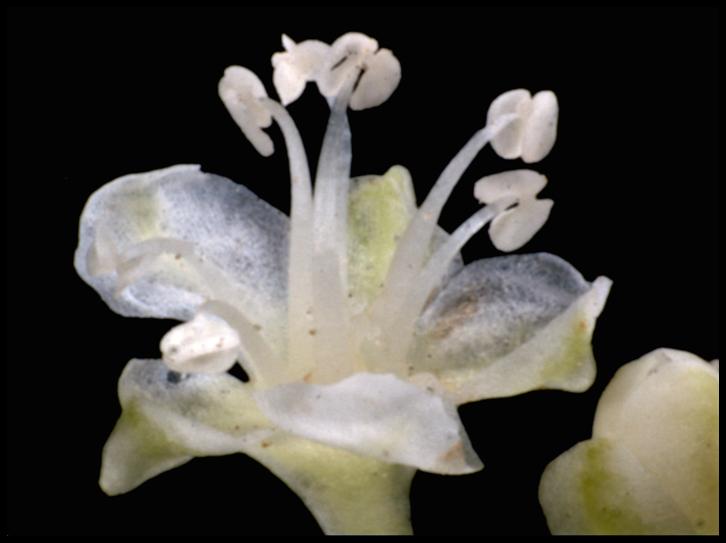
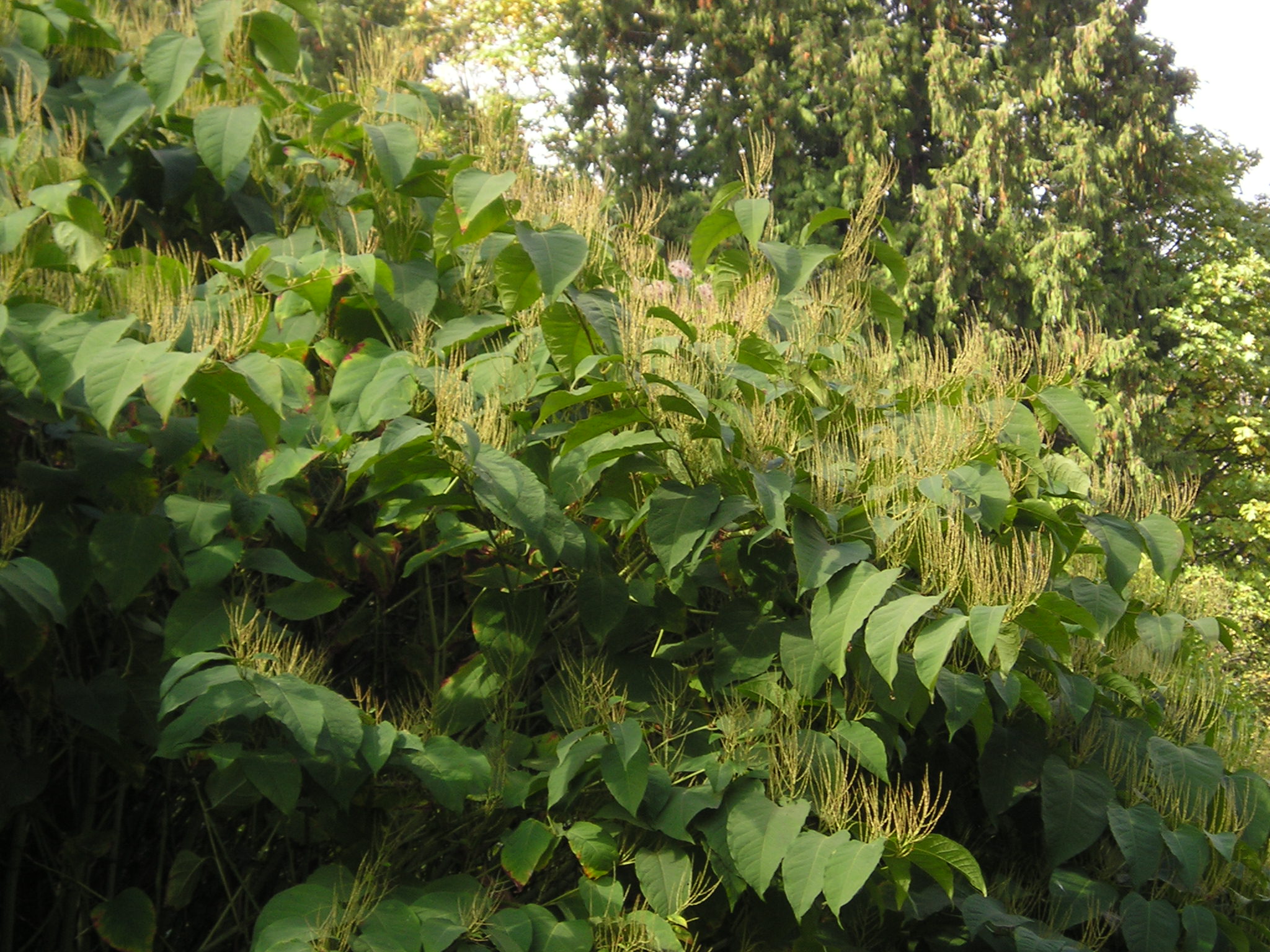
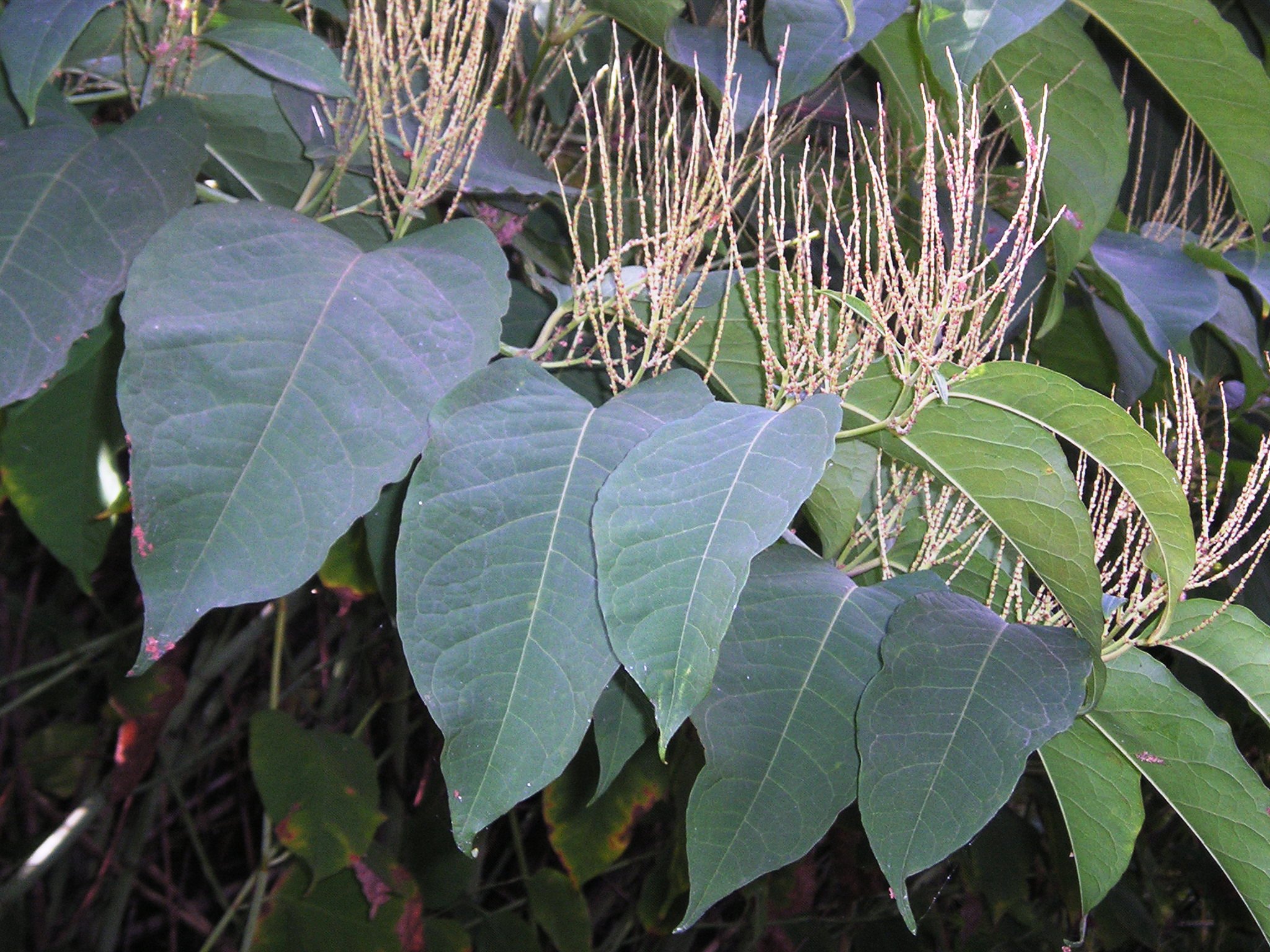
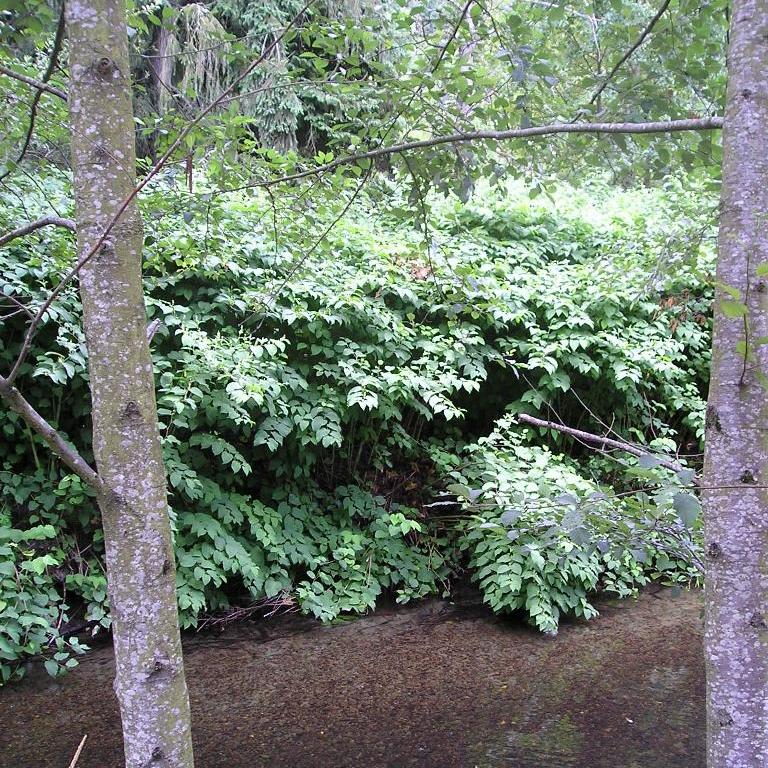
Related information
Related agencies
Program offices are located at 201 S. Jackson St., Suite 600, Seattle, WA 98104. To contact staff, see the Noxious Weed Control Program Directory, send an email, or call 206-477-WEED (206-477-9333).
</h2=>
 Translate
Translate